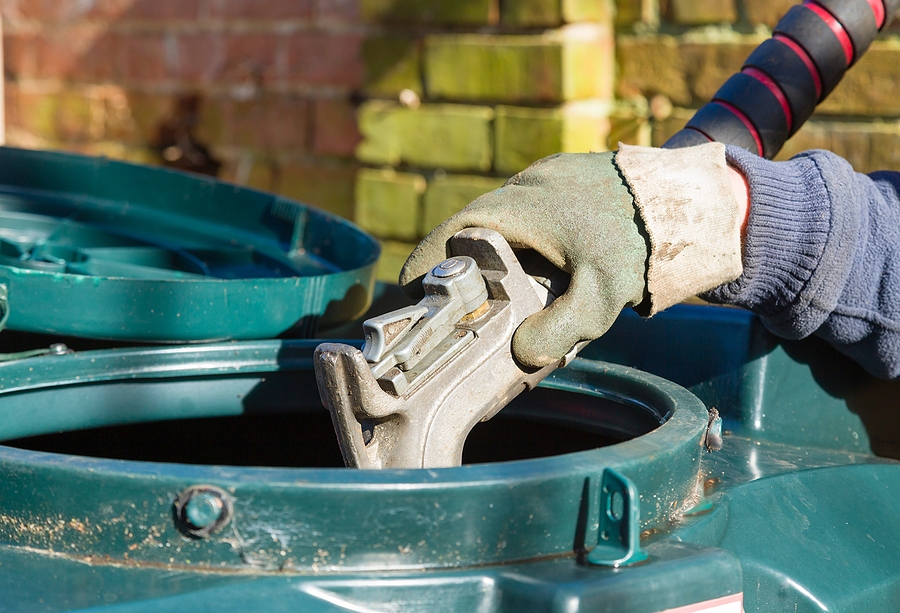
If you are considering installing a new heating oil tank in your home, there are a few important things to consider. At heating oil supply shropshire, we understand that replacing a heating oil tank can be a major job, but with the right guidance and preparation, it can be made much easier. In this blog post, we outline the key considerations for successfully installing a new heating oil tank.
Choosing the right size
When it comes to installing a new heating oil tank, one of the most important considerations is choosing the right size for your home and lifestyle. The size of your tank will depend on several factors, including the amount of oil you use, the size of your house, and the amount of space available for the tank.
When selecting a size, it’s also important to consider how often you will need to fill up your tank. A smaller tank may need to be filled up more frequently while a larger tank will require fewer trips to the oil supplier. Be sure to discuss all of these options with your oil supplier so that you can make an informed decision.
The location of the tank
The location of your new heating oil tank is an important factor to consider when installing a new tank. The tank should be placed in an area where it will have plenty of ventilation and is away from flammable materials. It should also be accessible for delivery and maintenance. Make sure to check local building codes for any specific requirements for installation.
In most cases, the best place for an outdoor tank is on a level surface at least 10 feet away from any combustible materials such as buildings, trees, shrubs, or other objects. It should also be protected from the elements like snow, wind, and rain. To protect against potential leaks or spills, a drip tray should be installed underneath the tank.
The type of tank
When selecting a new heating oil tank, there are several factors to consider. One of the most important considerations is the type of tank that you choose. There are two main types of tanks, aboveground and underground.
Aboveground tanks are less expensive than underground tanks and tend to be easier to install. They also have a higher risk of corrosion due to their exposure to weather and other elements. Because of this, they need to be replaced more often than an underground tank.
Underground tanks are more expensive, but they are also more durable and have a longer lifespan. They also help protect the environment by preventing any leaks or spills from affecting the surrounding area. However, they require more excavation and installation time, as well as a special permit, which can add to the overall cost of the project.
The type of oil
When selecting a new heating oil tank, it is important to consider what type of oil will be used in it. There are two main types of oil that are commonly used to fuel furnaces and heaters – Fuel Oil and Kerosene.
Fuel Oil is a medium-weight fuel that is relatively inexpensive and is often used to heat homes with traditional furnace systems. It has a low ignition temperature, which means that it can start burning easily and quickly. However, it does produce more soot and smoke than other fuels, which can be an issue if you don’t have the right exhaust system in place.
Kerosene is another fuel option that is becoming increasingly popular. This fuel is much cleaner burning than.
The delivery method
The most common delivery for your heating oil north wales via an oil truck or tanker, which will drop off the fuel at your home or property. This is a convenient option as it ensures that you always have a steady supply of fuel and that you can restock when you need to. It’s important to keep in mind that this can be a costly option if you’re not careful about how much fuel you purchase and how often.
Another delivery method is through an oil tank refill service. This involves your local oil distributors coming to your home and refilling your tank for you, saving you the time and effort of having to do it yourself. This is often a more affordable option, but it may be less reliable than delivery from an oil truck.
Finally, you could opt to purchase your heating oil in bulk and then store it in a dedicated storage tank. This means that you can buy in larger quantities, which can help you to save money on fuel costs in the long run. It also offers greater control over how much oil you have on hand and can make it easier to predict when you’ll need to purchase more. However, you will need to have enough space to store the fuel safely and securely.







